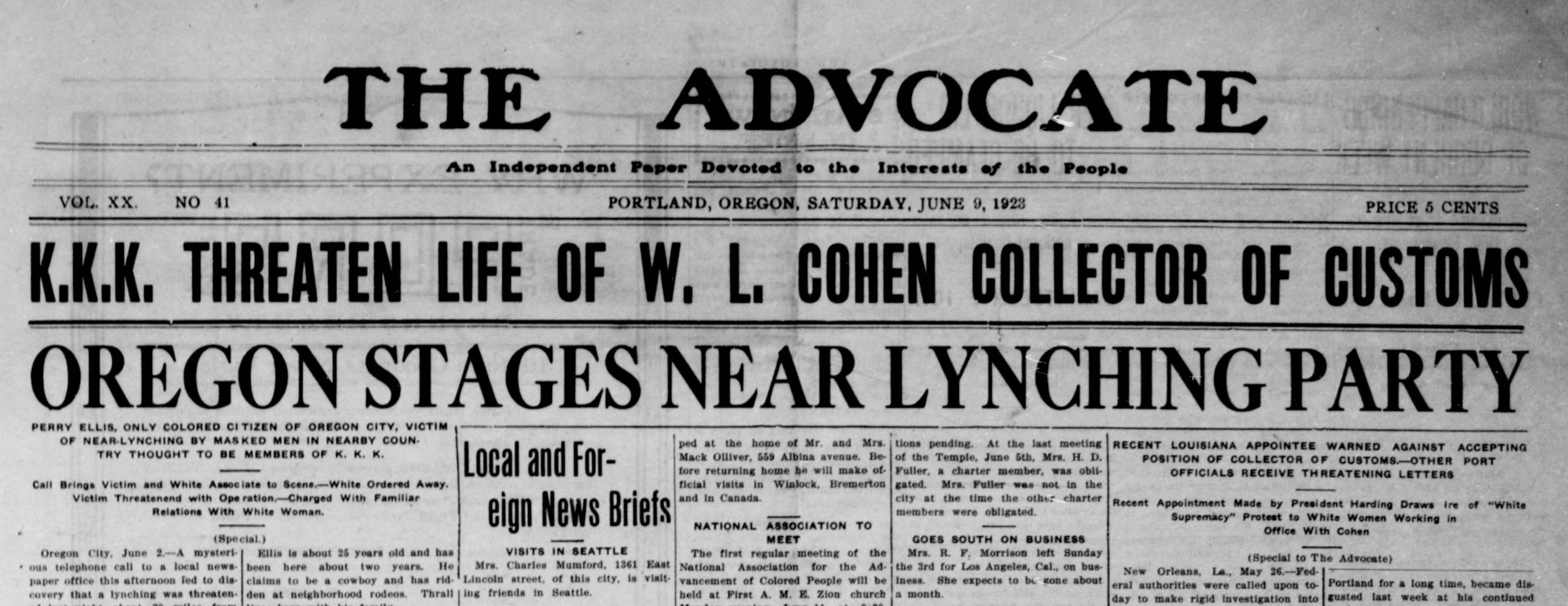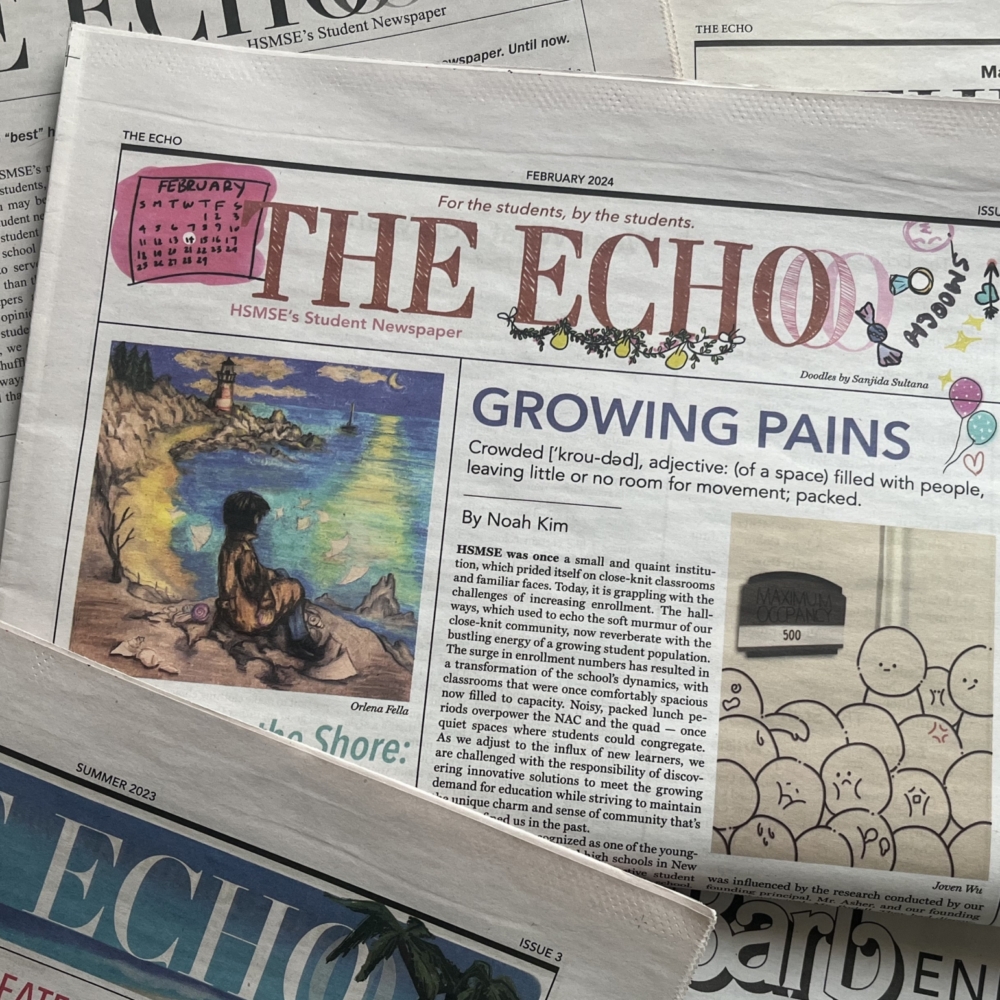The Only Guide to News Articles
Table of ContentsNot known Factual Statements About News Articles See This Report on News ArticlesThe News Articles PDFsExcitement About News ArticlesA Biased View of News Articles
Good knowledge of different subjects provides students a competitive side over their peers. Despite the fact that electronic and social media sites are conveniently accessible, we ought to not forget how vital it is to read the papers. Parents need to try and inculcate the behavior of checking out a paper as a daily regimen to continue the tradition of the adored print medium.News stories additionally contain at least one of the complying with vital qualities family member to the desired target market: proximity, prominence, timeliness, human interest, anomaly, or consequence.
Within these restrictions, information tales additionally intend to be extensive. Amongst the bigger and a lot more highly regarded papers, fairness and balance is a major aspect in offering information.
Newspapers with a worldwide audience, for example, tend to use an extra formal style of creating. News Articles.; common design guides consist of the and the United States News Design Book.
Top Guidelines Of News Articles
As a regulation, journalists will not utilize a lengthy word when a brief one will certainly do. Information authors attempt to stay clear of utilizing the exact same word a lot more than when in a paragraph (often called an "resemble" or "word mirror").
Nevertheless, headlines in some cases omit the subject (e.g., "Jumps From Boat, Catches in Wheel") or verb (e.g., "Cat woman fortunate"). A subhead (also subhed, sub-headline, subheading, subtitle, deck or dek) can be either a subservient title under the main heading, or the heading of a subsection of the article. It is a heading that comes before the main text, or a group of paragraphs of the major text.

of a post topic, source, or interviewee), it is referred to as a pulled quotation or draw quote. Added billboards of any of these kinds may show up later on in the short article (specifically on subsequent pages) to tempt further analysis. Journalistic sites in some cases make use of animation strategies to switch one billboard for another (e.g.
The 5-Minute Rule for News Articles
Such signboards are click for source also made use of as tips to the write-up in various other sections of the publication or site, or as promotions for the my sources item in other magazine or websites. Press release of the Swiss federal government. Regular structure with title, lead paragraph (summary in strong), other paragraphs (information) and get in touch with information.

Instance of a hard-lead paragraph NASA is suggesting another room task. The budget plan requests roughly $10 billion for the project.
The NASA statement came as the company asked for $10 billion of appropriations for the job. An "off-lead" is the 2nd most important front web page information of the day. The off-lead shows up either in the top left corner, or straight below the lead on the. To "hide the lead" is to start the write-up with background details or details of additional importance to the visitors, compeling them to learn more deeply right into a short article than they need to have to in order to find the crucial factors.
9 Simple Techniques For News Articles
Common usage is that one or more sentences each form their very own paragraph. Reporters generally describe the organization or framework of a newspaper article as an upside down pyramid. The crucial and most blog fascinating components of a story are put at the start, with sustaining information complying with in order of decreasing relevance.
It allows people to discover a subject to only the depth that their inquisitiveness takes them, and without the imposition of information or subtleties that they could take into consideration unimportant, yet still making that information offered to extra interested readers. The upside down pyramid framework likewise makes it possible for short articles to be cut to any type of approximate length during format, to suit the area offered.
Some writers begin their stories with the "1-2-3 lead", yet there are several sort of lead offered. This layout inevitably starts with a "Five Ws" opening up paragraph (as described above), followed by an indirect quote that offers to sustain a significant aspect of the first paragraph, and then a direct quote to sustain the indirect quote. [] A twist can refer to multiple points: The last tale in the information program; a "happy" tale to finish the program.
Longer posts, such as magazine cover articles and the items that lead the inside areas of a paper, are understood as. Feature stories vary from straight news in numerous means.
Not known Details About News Articles
A feature's initial paragraphs commonly relate a fascinating moment or occasion, as in an "unscientific lead". From the particulars of an individual or episode, its sight rapidly expands to generalizations regarding the story's subject.

The Editor's Tool kit: A Reference Overview for Beginners and Professionals (2001) Allan M. Siegal and William G. Connolly. The New York Times Guidebook of Style and Use: The Official Design Guide Made Use Of by the Writers and Editors of the World's The majority of Authoritative Paper (2002) M. L. Stein, Susan Paterno, and R.